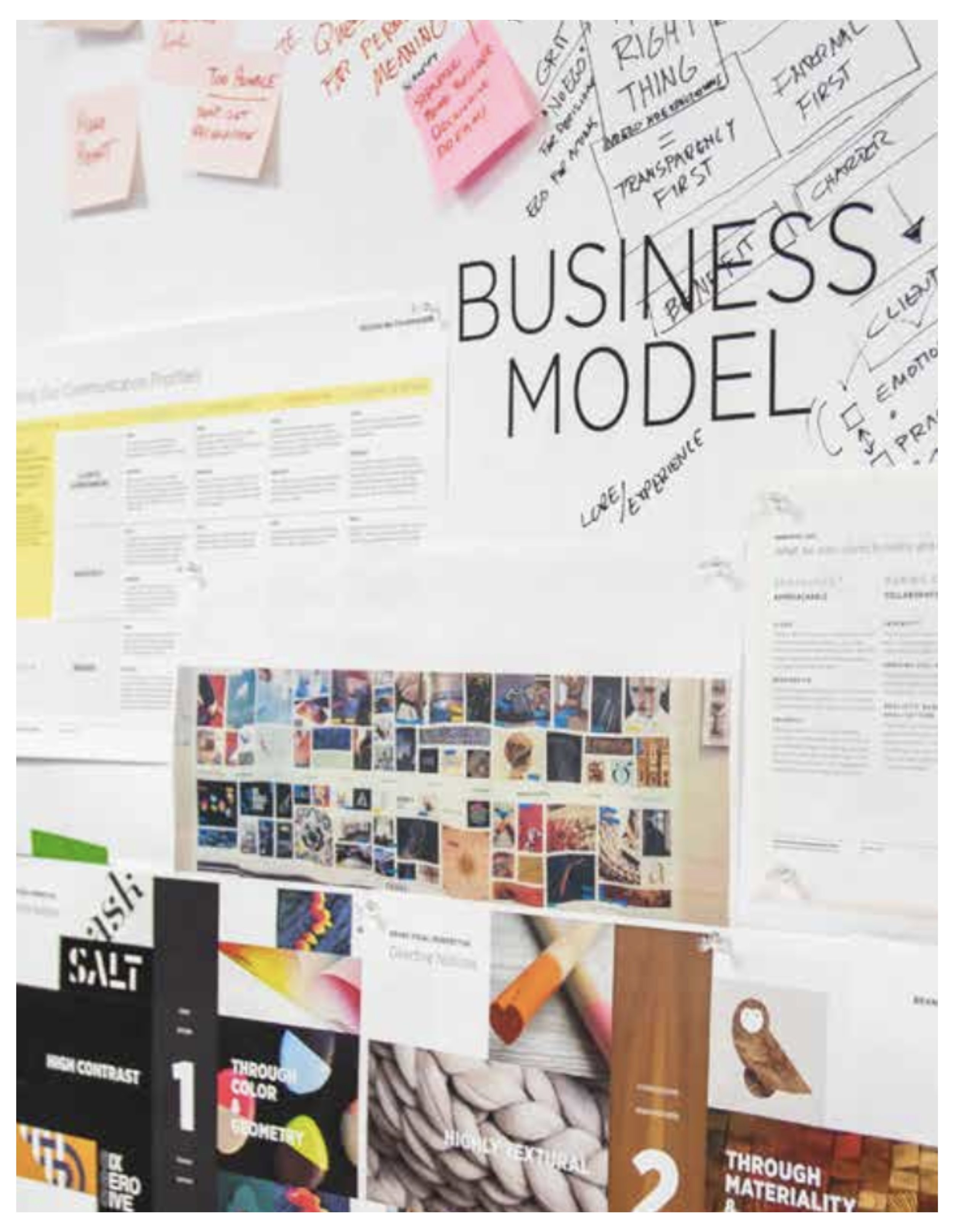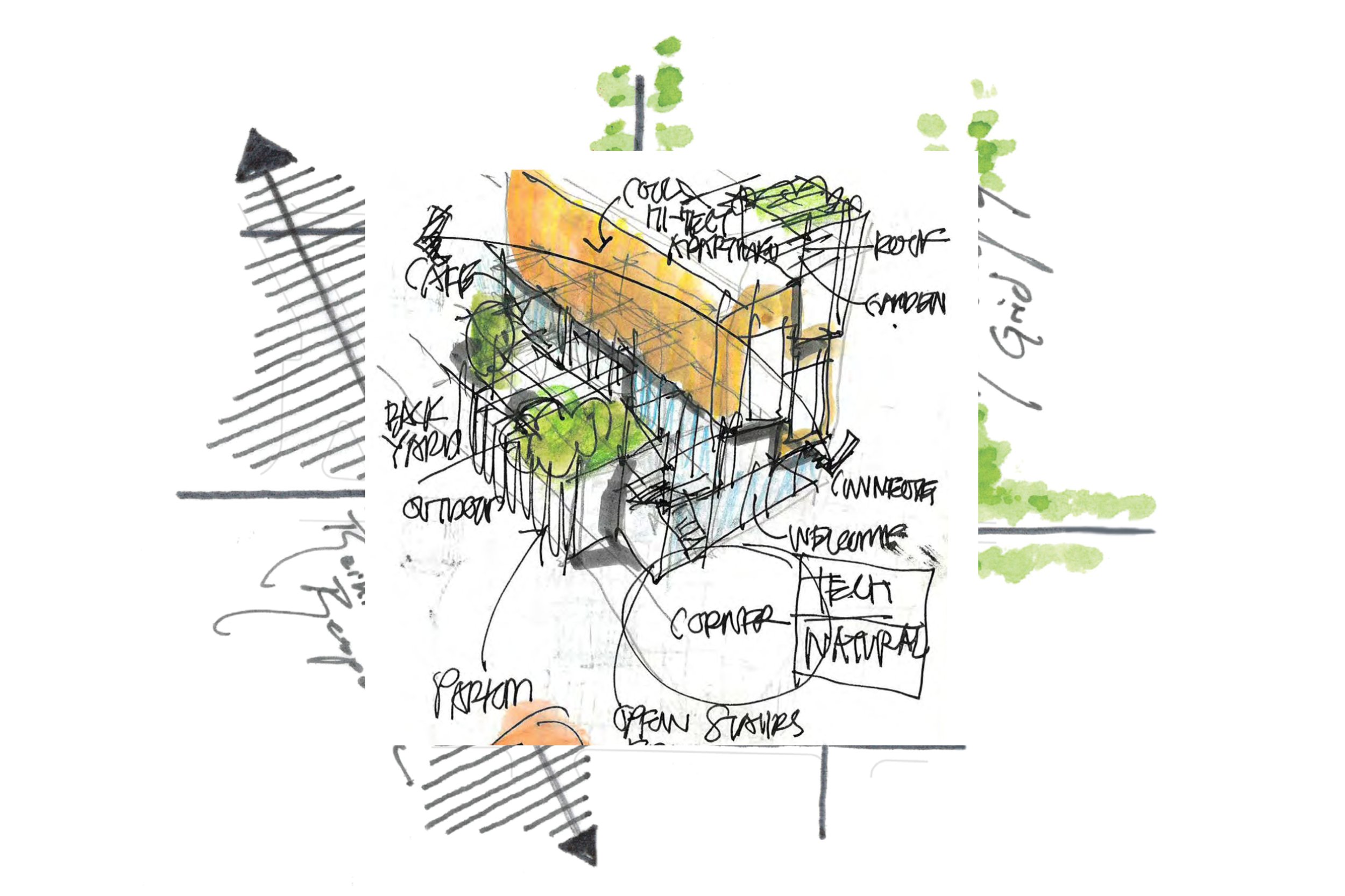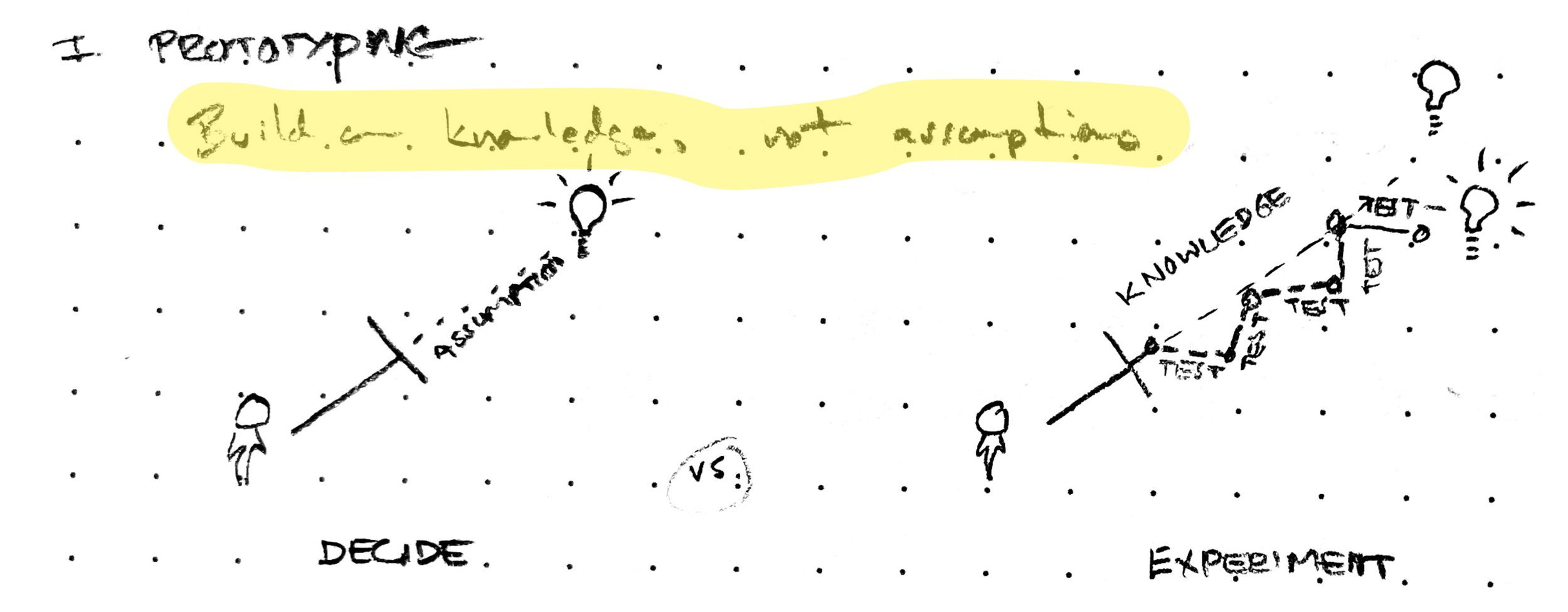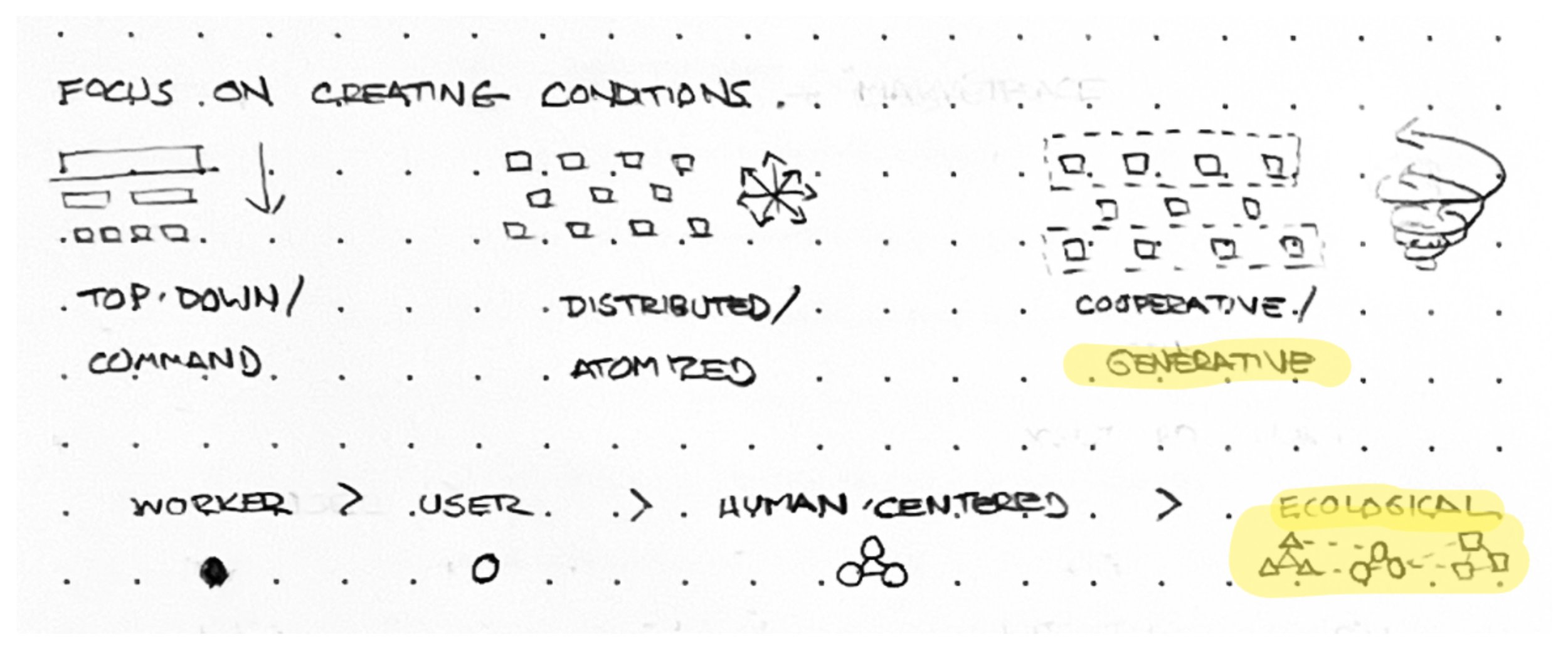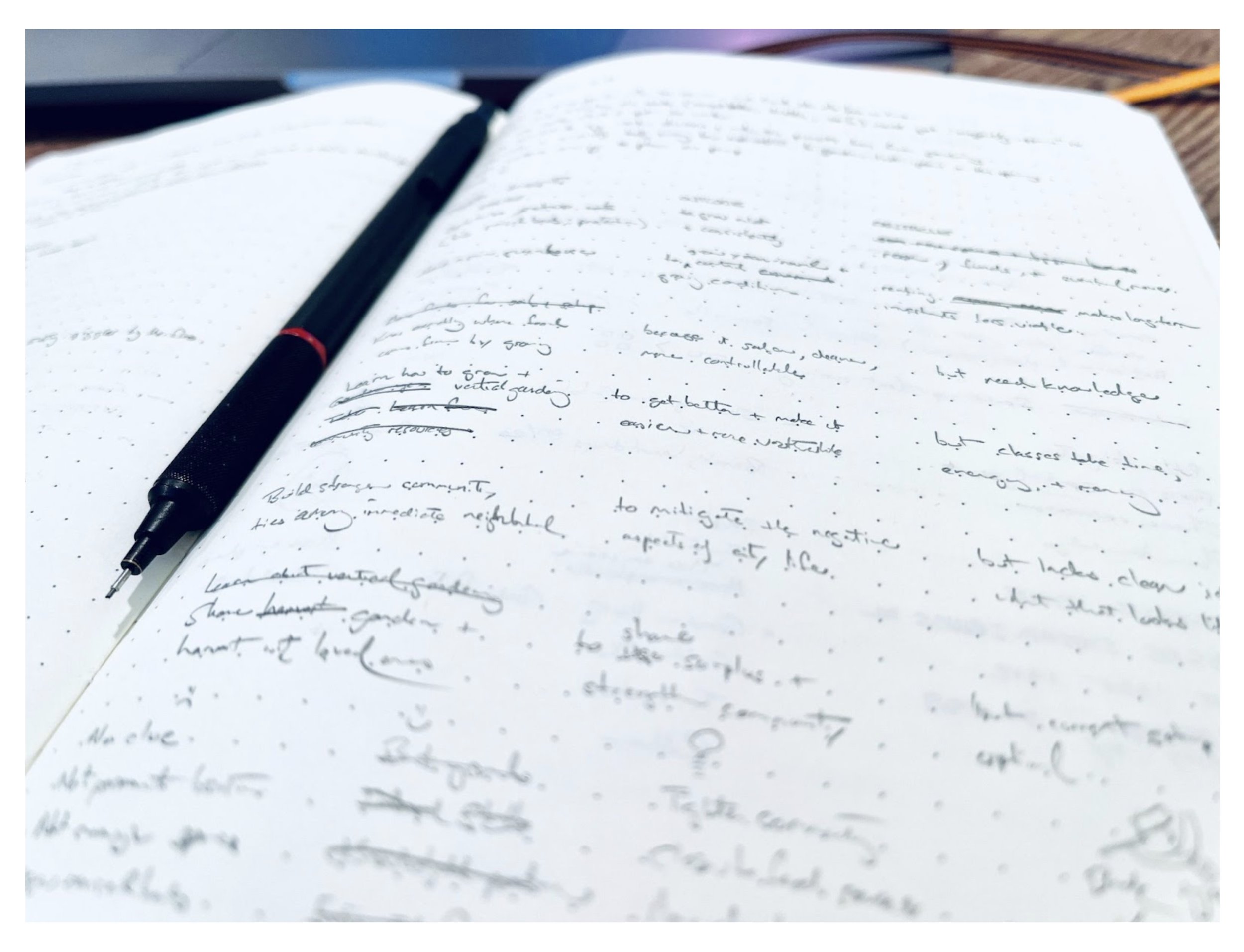Brand Strategy
Brand identity
Content strategy
Service design
UX content design
Is this who you are?
When I joined Ankrom Moisan, a 30-year-old architecture, interior design, and planning firm, potential clients didn't get its value. The firm's nine market sectors and four disciplines didn't align. And its brand couldn't answer this big question.
As Director of Content on the new brand team, that was my job.
With Cody Barnickel, Creative Director; Ashley Zelaya, Content Strategist; Sara Van Dyke, Art Director; and Leslie Short, CMO.
I found four reasons why.
THE BRAND WASN’T COHERENT
The firm's brand message was diluted across nine semi-autonomous market sectors and four disciplines (architecture, urban planning, interior design, and brand). On Ankrom Moisan's website and social media channels, the brand expression was anything a specific conversation or audience required. When conditions shifted, so did the brand's identity.
GROUPS WORKED IN ISOLATION
Ankrom Moisan's disciplines and project teams tended to work as islands.
As a result, people had trouble sharing their experiences, resources, and design opportunities. And the firm's approach to digital asset-management was… chaotic.
DESIGN WASN’T A CORE BUSINESS FUNCTION
It had difficulty connecting its business and marketing strategies to its creative vision.
Operationally, because design was mostly seen as an output, not a collaborative and iterative method of creative problem-solving, top-down control over preplanned deliverables often led to inefficient, expensive late-stage revisions.
USER RESEARCH WAS UNDERVALUED
Except for the healthcare sector, where user research could mean life or death for patients, most market sectors didn't have the capacity to substantiate their concepts, decisions, or business strategies. This led to more designs that were less relevant, usable, or viable than they could've been.
Often, design decisions followed biases rather than evidence-based understanding of what people needed and wanted.
Here's how my brand team took on these issues.
DESIGNED A FOCUSED BRAND IDENTITY
Over four months, our brand team ran firm-wide design workshops and stakeholder/actor interviews to learn what made up Ankrom Moisan’s overall identity and the identities of its four disciplines and nine sectors.
What did our colleagues value about their work and working relationships? How did they work? What concerned them? How did they talk about the firm? Their team? The people who they worked for?
We also ran market and trend analyses, internal and competitor content audits, and interviews with partners and end users. Here, we wanted to understand some outside influences on Ankrom Moisan's identity, like market risks and opportunities, user needs, and external perceptions of the firm and its sectors.
ESTABLISHED COLLABORATIVE SYSTEMS
To organize the firm's files, our team set up Open Asset, a digital asset-management platform, around an easy-to-understand information architecture and content taxonomy.
We developed Open Asset's tagging nomenclature after hours in conversation with project managers and designers, learning what they called certain assets, how they named their files, and what phrases they used when searching dozens of network drives to find what they wanted. After we refined these observations into a manageable set of metadata tags, anyone in the firm could readily find what they needed in Open Asset.
To better connect team resources, we ran an initiative to connect each market sector's services, audience needs, and design inquiries to their business-development goals and external communications. Next, we added these core design inputs to simple web pages on the firm's content management system.
These sector strategy pages were designed to be accessible, semi-open, and modifiable.
ADVOCATED FOR COLLABORATIVE DESIGN PRACTICES
Our team modeled co-design methods with every chance we got.
After we shared our approach to participatory design in our brand identity workshops, project teams began inviting us join their design explorations and charrettes.
I strongly advocated for practical shifts toward human-centered and collaborative design on every possible project. And we advised on collaborative design practices all the way up to the board, VP, and president.
STARTED A RESEARCH ADVISORY GROUP
Three colleagues and I started an interdisciplinary research team to demonstrate why exploratory and evaluative design research are so valuable.
Our goal was grounding business strategies in market research by helping each sector bridge the gap between project deliverables, where they tended to operate, and strategic insights, where they didn't.
We acted as an independent and somewhat provocative advisory board.
Our work helped the forest and the trees.
UNIFIED BRAND FRAMEWORKS
After we facilitated firm-wide design workshops to define Ankrom Moisan's identity, I led a series of content-driven projects, including a cohesive narrative framework, messaging guidelines, content design for a new website, and a multichannel content strategy for each market sector.
Basically, I made a unified framework for Ankrom Moisan's brand voice with enough range to speak in many different tones.
These 13 frameworks—four discipline- and nine sector-specific content strategies and language guidelines—were like scores for solo parts in a larger choral performance. Each discipline and market sector expressed their own principles, intentions, and services a bit differently. Yet they all harmonized.
We launched our unified brand identity that the firm readily adopted—"Explore Beyond"—because it was contextual and collaboratively designed.
TOOLS THAT CONNECTED DESIGN OPERATIONS AND BUSINESS DEVELOPMENT
Designers and project managers could quickly access design files shortly after we launched Open Asset. Its information architecture and content tagging felt familiar to people. And its interface was a huge improvement over the old method.
Each market-sector strategy page also took off. Project members were already collaborating and storing information on the firm's CMS. By helping each team capture their revised sector strategies here, everyone had a chance to learn from everyone else.
Our brand team and I regularly met with sector leads to help refine, revise, and align their communication and design strategies with their business development efforts.
These meetings, and the frameworks we used in them, became a practical way to connect design ops to business results.
ALLIES IN COLLABORATIVE DESIGN
Because not every project team recognized the practical value of nonlinear, multidisciplinary, human-centered design, I cultivated allies wherever we found them.
When a managing principal began making parallel inroads with his own inquiry-based design efforts, we found ourselves naturally supporting each other. He invited my team and me to exploratory design sessions, which gave us a chance to use our differing perspectives to refine the early phases of these projects.
We held onto every success and kept pushing.
PROTOTYPES FOR APPLIED MARKET RESEARCH
Embedded as research advisor with the Affordable Housing team, I synthesized secondary research that supported their design inquiries and helped them clarify what they did, how they contributed to the firm's bottom line, and why their work mattered.
These efforts changed how Affordable Housing pursued new work, because they systematically saw how their hearts and business needs were connected.
A couple of months later, Affordable Housing released its new statement of purpose, meant to explain their work to nonprofits, municipal and state-government agencies, developers, and the like, with design insights backed up by research.
I'm still applying what I learned.
CO-DESIGN IS SOCIAL AND MULTIDISCIPLINARY
Overspecialization and isolation are two enemies of good design. My most useful insights came from collaborating, in person, with people outside my discipline. They came from writing and drawing by hand, moving Post-Its around on a whiteboard, or respectfully arguing with a colleague while walking outside together. I was least creative behind a computer or working too long by myself.
Antisocial creativity emphasizes individual genius, hustle, talent, perfection, and appearance. It burns people out and weakens design outcomes.
Social creativity emphasizes mentorship, collective support, skill, learning rapidly from mistakes, and substance. It brings meaning and balance to work and strengthens design outcomes.
ITERATIVE DESIGN IS MORE EFFICIENT
Though it seems slower, iterative collaborative design tends to save time and money compared to assembly-line design production. I experienced this firsthand at Ankrom Moisan. If any team, including ours, took shortcuts that ignored empirical evidence, the end result suffered.
CULTURAL SHIFTS ARE MORE USEFUL THAN SHINY TOOLS
A common mistake our team (and others) made was trying to solve a cultural problem with a new process or tool. Culture is an agreed-upon set of behaviors and mental models supported by systems and structures. Tools and processes just express culture. This is why no matter how successfully our market-sector strategy pages encouraged collaboration, for certain teams who didn't value collaboration, these tools were essentially useless. When we advocated for new tools but didn’t try to shift the culture, we poured money and creative effort down a black hole.
USABILITY RESEARCH IS A SECRET WEAPON
Testing designs with actual people is as important as doing generative research. The healthcare sector at Ankrom Moisan stood out as the sole group who regularly conducted user testing on their designs. Most market sectors didn't, partly because they believed their primary users were developers or financiers. But clients aren’t users.
Evaluative research is a massive untapped opportunity in AEC, especially in public spaces where buildings are imposed on citizens by a few people with money and influence. Noting that community design reviews can’t overcome this structural imbalance and that desire affects profitability, why not find out what people need before forcing architecture on them?



